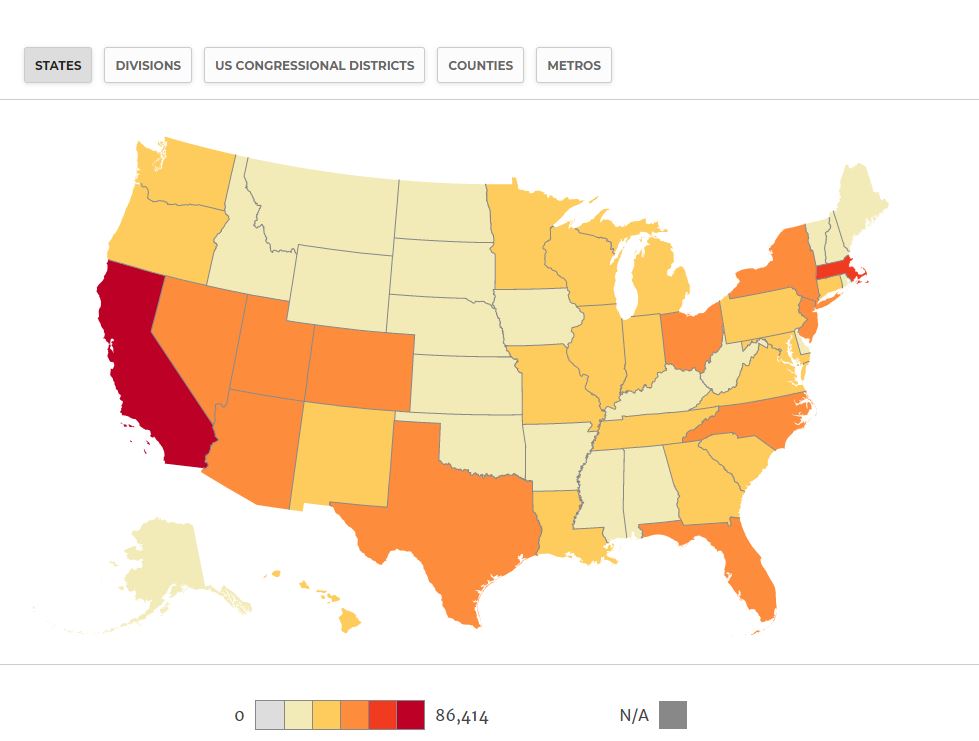By Frank Andorka, Senior Correspondent
We can all agree that the solar industry is one of the fastest-growing industries in the United States, right? Heck, The Solar Foundation tells us so every year with its National Solar Jobs Census (well, except for this year, because tariffs, but for the past decade or so it’s been on a huge growth trajectory – and we believe will shortly be again). But how can you find workers for this specialized industry and bring them into this well-paying career?
Well, the trick is workforce development, and now The Solar Foundation has released a 94-page Solar Workforce Development Toolkit designed to help solar companies develop their workforces with a series a proven strategies that every business can implement in their day-to-day business practices.
According to the Foundation, the document is intended to start conversations among employers, with engagement from all stakeholders.The implementation guide and action plan promotecollaborative, regional and adaptive strategies as markets evolve and solar continues to become a mainstream part of the American energy sector.
In the toolkit, solar employers will discover the tools they need to establish the kinds of community partnerships necessary to build a diverse talent pipeline. It shows solar employers how to turn the industry from just a “job” into a career, outlining ways to integrate solar into the public workforce development system and provides strategies to overcome real or perceived challenges. Finally, it will show employers hot to implement work-based learning models to invest in the skillsets of current and future workers.
Based on two years of Solar Training Network research that included talking to employers, trainers, industry associations and community organizations in diverse solar markets, it’s expected to giver solar employers the tools and skills they need to meet the high demand for qualified employees and build a skilled and diverse solar workforce.
The release comes approximately one year after The Solar Foundation released its first-ever diversity study, which found the industry was doing a poor job of recruiting from non-traditional solar audiences. The toolkit is the first concrete proposal to improve that diversity and widen solar’s appeal as a future profession.


